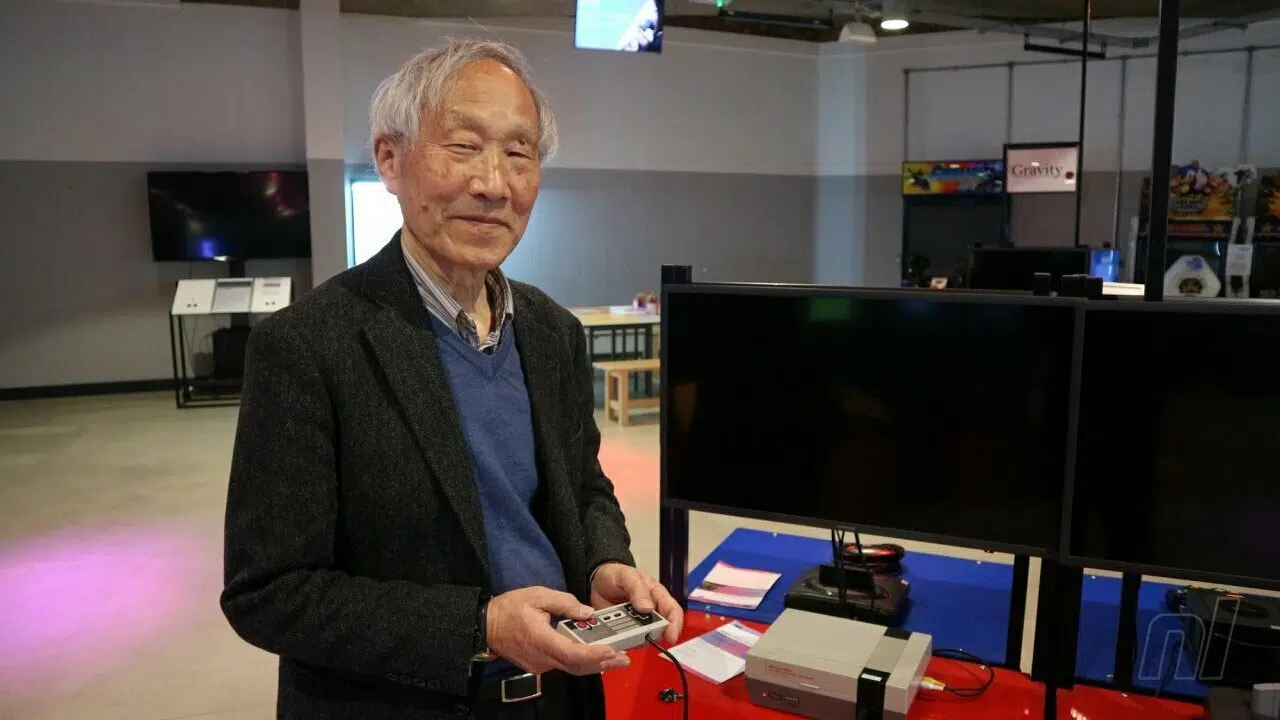One of the most important figures in video game history has sadly left us, as legendary Nintendo architect and Famicon creator Masayuki Uemura passes away at 78, leaving behind a legacy that hard undeniably impacted and changed video games since the 80’s and 90’s.
As the lead architect behind what would be known as the Nintendo Entertainment System and Super NES in North America, Uemura created two of the most popular systems mankind has ever known, which established Nintendo as a powerhouse in the video game industry and introduced households around the world to iconic games and titles such as the Super Mario, Donkey Kong, and Legend of Zelda series.
Originally working at Sharp and selling photocell technology, he was called by then-Nintendo president Hiroshi Yamauchi to help work on a new system that would let arcade games be played at home. This would then become the Family Computer or Famicom in Japan. That system became a huge success, and Nintendo would rebrand and introduce it to American markets as the Nintendo Entertainment System or NES in October of 1985. The console would become a global phenomenon, and a successor would follow in the form of the Super Famicom/ Super NES in the 90’s which was also developed and overseen by Uemura and his team.
After retiring from work at Nintendo at 2004, Uemura would go on to become director of game studies in Ritsumeikan University — who broke the news of his passing.
“We would like to express our sincere gratitude not only for the development of the Ritsumeikan University Game Research Center, but also for making a great contribution to the development of the game industry by launching a number of video game machines including family computers. I wish you a peaceful sleep. “
Thank you Uemura-san for all your contributions in Nintendo which continues to prosper. You can check more features and news about the company here.
Source: Oricon News
